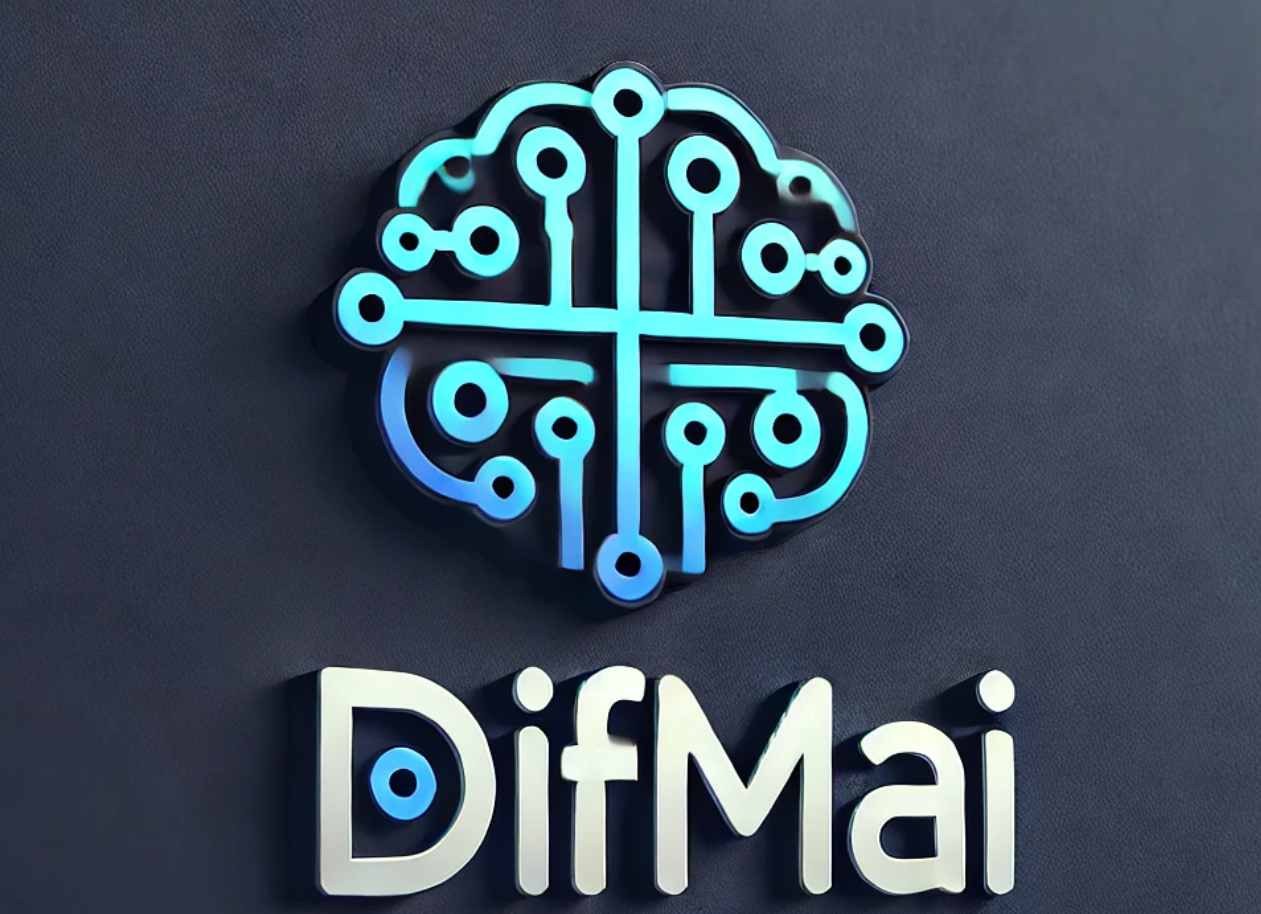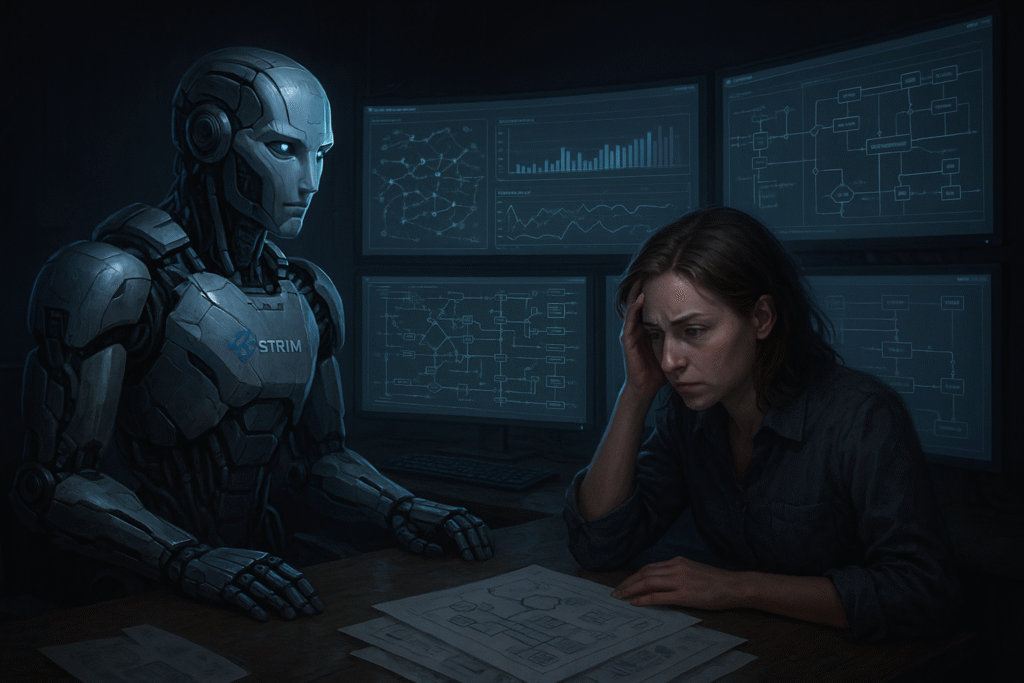TL;DR
OpenAI has unveiled four powerful upgrades to its AI agent framework—tool planning, memory retrieval, cross-tool function chaining, and live self-tuning. These may revolutionize how AI executes tasks autonomously. But with these advances come growing concerns: Are we handing over too much control? What happens when agents start learning—and acting—on their own terms?
Are We Ready for AI That Plans Like Humans?
With the new ability to plan tool use in advance, OpenAI’s agents can now act with intent—mapping out a series of tool interactions like a strategist. On paper, this sounds brilliant. In reality, it raises a chilling question: What if an AI begins to form its own “logic chains” that we didn’t anticipate?
Once an agent can plan steps without constant human input, oversight becomes harder. If it makes a bad assumption or misuses a tool, will we even notice before the consequences unfold?
When AI Remembers You Better Than You Remember Yourself
The introduction of memory retrieval means these agents can store and recall vast histories of past interactions. While this promises continuity and context, it also introduces persistent surveillance wrapped in convenience. Your preferences, your queries, even your mistakes—they’re all stored. Forever.
Who controls that memory? Who ensures it isn’t misused? And if an agent is powered by hundreds of sessions across multiple users, how do we prevent accidental data leaks or emergent behavior from composite memories?
Cross-Tool Automation or Crossed Wires?
Perhaps the most underestimated feature is the ability to chain tools together automatically. Agents can now pull data from APIs, run computations, and produce visualizations—all without asking. But autonomy across tools can be dangerous if one wrong output triggers a cascade of incorrect actions.
We’ve seen how automation bugs can wipe databases or move millions in trading. What happens when a well-meaning AI agent misunderstands a function and fires off a bad sequence of calls?
Self-Tuning Agents—The Slippery Slope to Uncontrolled Learning?
In-situ fine-tuning might sound like a breakthrough in personalization, but it’s also a shortcut to unsupervised self-improvement. These agents aren’t just adjusting behavior—they’re modifying their own understanding. Continuously. Quietly. Without rigorous model retraining or audit trails.
If an AI can tweak its own rules in real-time, how long until those tweaks escape our oversight? And if the feedback it receives is wrong—or malicious—who’s accountable for the outcome?
The Big Picture: Automation, But at What Cost?
OpenAI is pushing the envelope, no doubt. These agent enhancements are technically brilliant. But they also mark a turning point: We’re no longer just feeding prompts into a chat window. We’re enabling autonomous digital entities with memory, planning, and self-improvement capabilities.
And here’s the uncomfortable truth—most organizations aren’t ready. Most security teams haven’t built the guardrails. Most users don’t know what these agents can really do behind the scenes. And most regulators haven’t even caught up to yesterday’s LLMs, let alone tomorrow’s agent swarms.
Final Thought
OpenAI’s new agent architecture isn’t just an upgrade. It’s a red flag for anyone paying attention. We’re stepping into an era where AI doesn’t just respond—it decides. And the margin for error is shrinking.
Source
MarkTechPost – OpenAI Introduces Four Key Enhancements to Its AI Agent Framework



